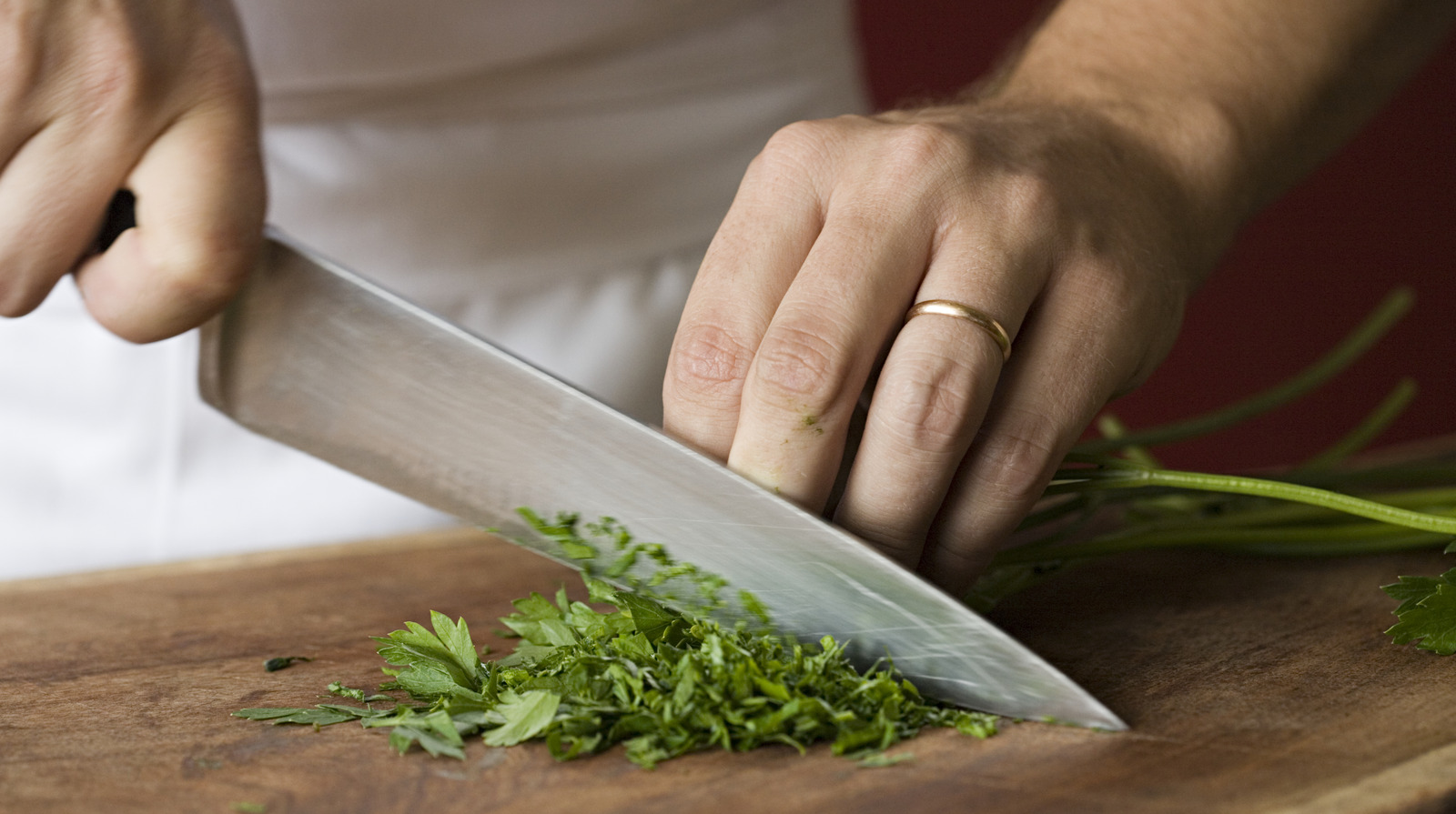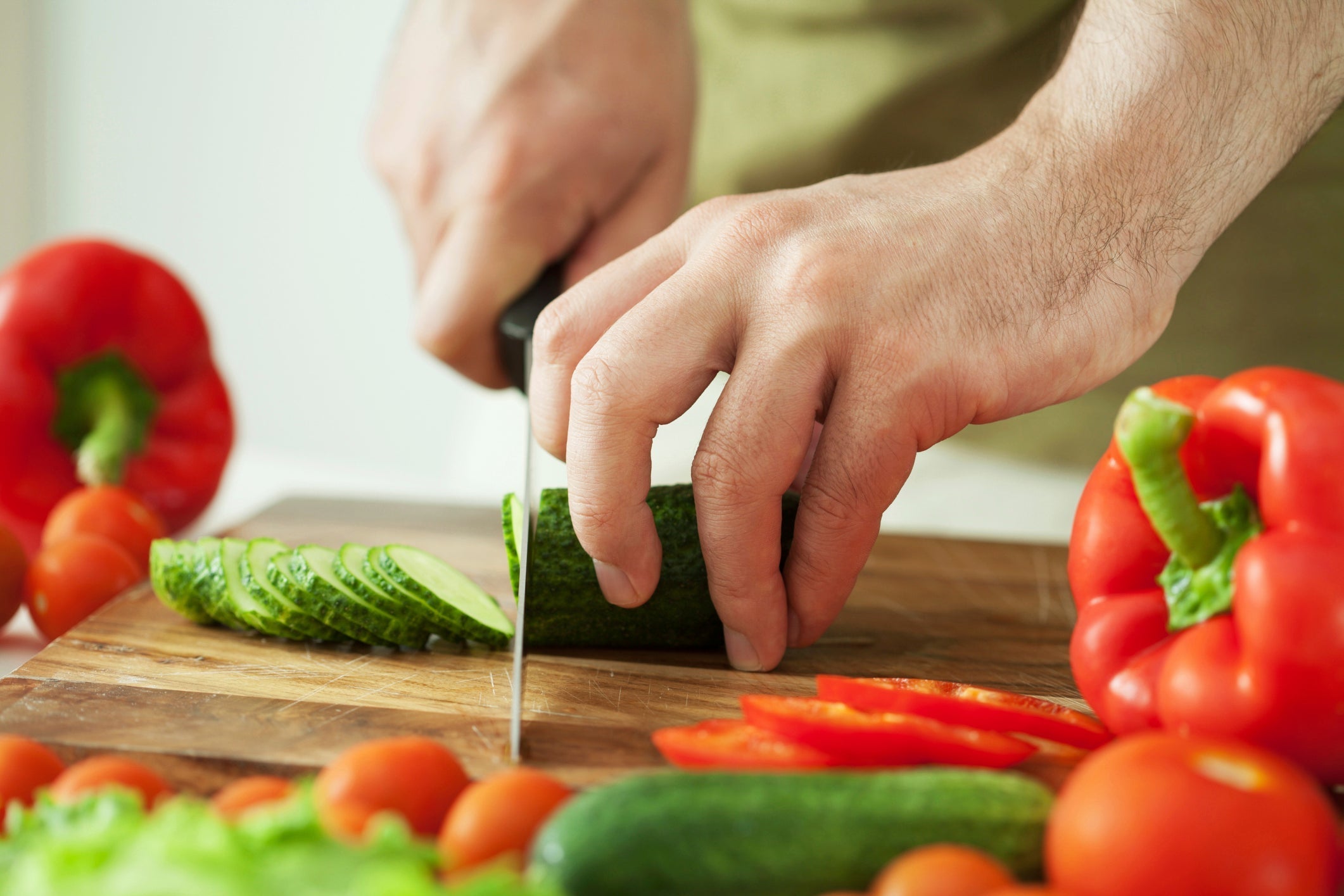When it comes to maintaining a vital kitchen tool like a cutting board, one common question professionals ask is, how long does cutting board oil take to dry? Understanding the oiling process is essential for prolonging the life of your cutting board, especially if you want it to endure the daily demands of a professional kitchen. Whether youre working with wooden or bamboo boards, the drying time depends on several factors, which well explore in detail here.
Besides protecting your cutting board, oiling also ensures it remains hygienic and doesnt warp or crack. However, timing is critical. So, lets dig deep into the different factors that determine oil drying time and the best practices for cutting board care.

Understanding the Importance of Oiling Your Cutting Board
Your cutting board bears the brunt of daily food preparation. Wooden and bamboo boards, in particular, require regular maintenance to prevent them from losing their durability. Applying food-grade mineral oil not only enhances the board's longevity but also creates a protective barrier that helps repel moisture, which prevents bacteria build-up.
The right oil can seep into the pores of the wood, keeping the board hydrated and less likely to split. But exactly how long does cutting board oil take to dry? Knowing this is as crucial as choosing the right type of oilbecause applying it incorrectly or rushing the process could counteract its benefits.
Factors That Impact Drying Time
1. Type of Cutting Board Material
The material of your cutting board plays a significant role in oil absorption and drying time. Heres the breakdown:
- Wooden Cutting Boards: These are usually made from hardwoods like maple or walnut that absorb mineral oil deeply. Expect a drying period of 12 to 24 hours.
- Bamboo Cutting Boards: Bamboo boards have a denser structure, so they absorb oil slower yet often require less oil. Drying times for these can be shorter, around 6 to 12 hours.
Whether you're a professional chef or a kitchen enthusiast, understanding these differences is important for maintaining your cutting board in top condition. For more details on sealing boards, check out this guide on how to seal a pine cutting board.
2. Environmental Conditions
Humidity and room temperature can greatly affect your cutting board oil's drying timeline. In a colder or more humid kitchen environment, the oil will take longer to dry, sometimes up to 48 hours. A warm, dry room, on the other hand, speeds up absorption, reducing drying time to under 12 hours.
3. The Type of Oil Used
Food-safe mineral oil is the most recommended oil for wooden cutting boards. Its consistency allows it to penetrate deeply into the wood pores, typically drying completely within 12 to 24 hours.
Tung oil and linseed oil, while popular among some professionals, have a longer drying time of 24 to 48 hours. However, these oils can also harden to create a more durable and water-resistant surface, making the waiting time worthwhile.
Step-By-Step Guide to Oiling and Drying Your Cutting Board
1. Clean the Cutting Board Thoroughly
Before applying oil, wash the cutting board with warm water and mild soap. Ensure its completely dry before moving to the next step. Any residual moisture can prevent the oil from penetrating the wood properly.
2. Apply the Oil Generously
Pour a generous amount of food-safe mineral oil onto the board. Use a clean cloth or paper towel to distribute the oil evenly across the surface. Dont forget to cover the edges and corners as they tend to dry out faster.
3. Let It Absorb
Place the oiled cutting board in a clean, dry area and let it absorb the oil naturally. As mentioned earlier, the drying time for most mineral oils ranges from 12 to 24 hours.
For more tips on cleaning and maintaining your cutting board, visit our comprehensive guide on cleaning knives and cutting boards.
4. Remove Excess Oil
After the drying period, check for any excess oil that hasn't been absorbed. Wipe off the surface with a lint-free cloth to leave your board ready for use.
Common FAQs on Cutting Board Oiling
1. Can I use olive oil or coconut oil instead of mineral oil?
No. Olive oil and coconut oil can go rancid over time, which will lead to unpleasant odors and a sticky board surface. Always stick with food-safe mineral oil for best results.
2. How often should I oil my cutting board?
In a professional kitchen, oiling once a month is ideal. However, for lighter use, every three months should suffice. Check your board regularly for dryness to determine the frequency.
3. Can I speed up the oil drying process?
While using a warmer room can help speed up the process, its best to let the oil dry naturally. Rushing the process may result in uneven absorption.

Conclusion
So, how long does cutting board oil take to dry? While the drying time varies depending on material, environmental conditions, and oil type, a safe bet is to allow 12 to 24 hours for most cutting boards to dry completely. Proper oiling and drying are essential for maintaining your cutting board, ensuring its durability, hygiene, and aesthetic appeal.
For additional tips and insights on using and maintaining cutting boards effectively, check out this detailed article on cutting board care.
This article contains affiliate links. We may earn a commission at no extra cost to you.






Leave a comment
This site is protected by hCaptcha and the hCaptcha Privacy Policy and Terms of Service apply.